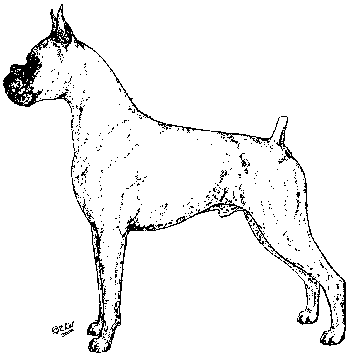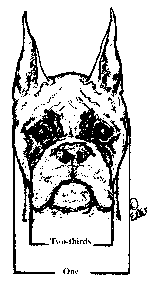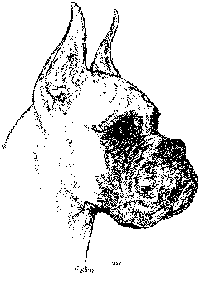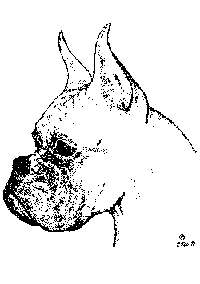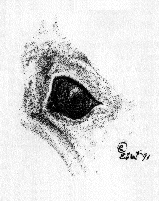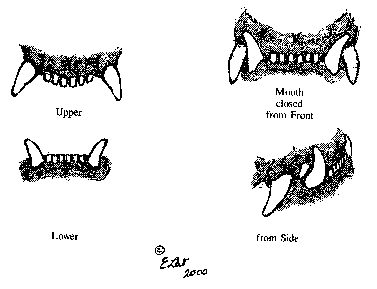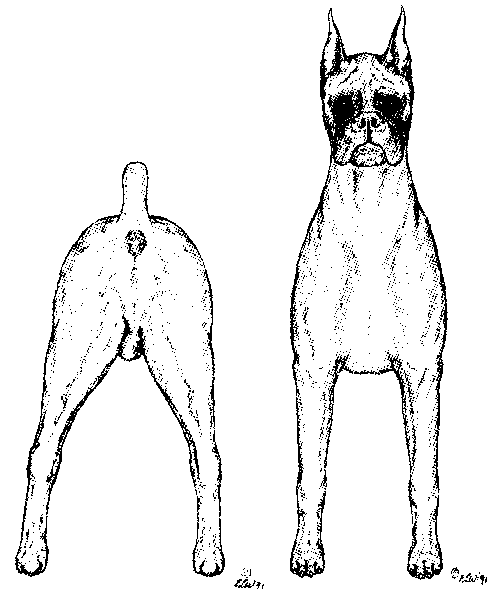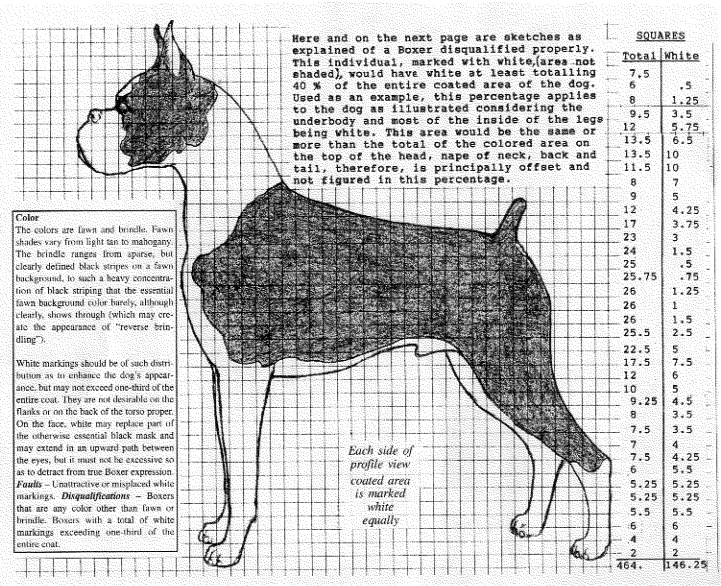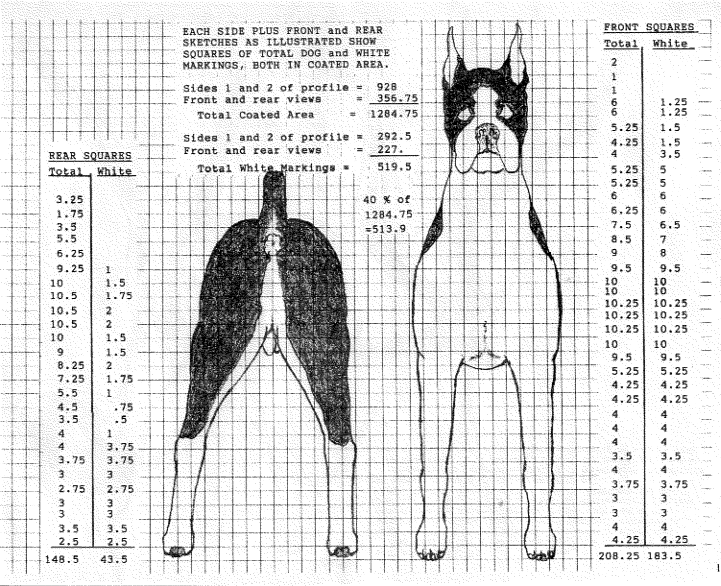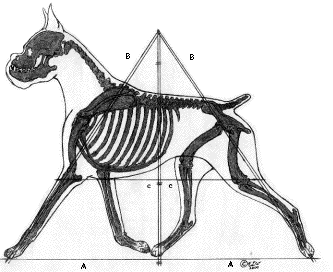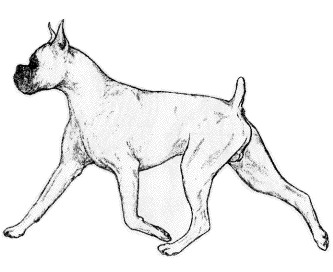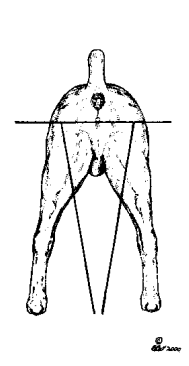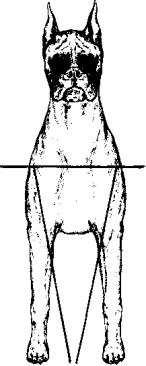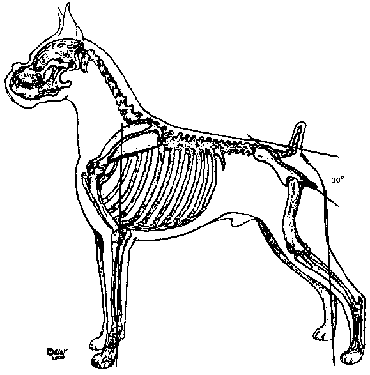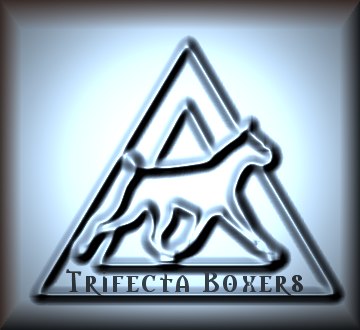THE OFFICIAL STANDARD OF THE BOXER DOG
COURTESY OF THE AMERICAN BOXER CLUB
On October 1, 2004 the Americal Boxer Club members voted a number of changes to this standard.
One change addresses the natural ear.
Essentially an uncropped boxer can be shown in conformation without being given a fault for the natural ear. The standard includes a description of the way the natural ear should look.
Many natural ears do not fall correctly and there is a way to correct that when the boxer is a young dog.
EVEN SHOW DOGS NEED TO HAVE MANNERS
Trifecta Training offers a Training Manual targeting boxers. It sells for $29.95 is 17 pages in pdf format. It is all business no frills how to manual.Encompasses more than 40 years experience training boxers. If you are interested email me trifecta_training_ctr@yahoo.com and I will send you a pay pal invoice. Payment goes thru pay pal (safe secure) and you receive the manual via email.
View our video at this link
http://www.youtube.com/watch?v=QOQ4qKkrvCI&context=C33ca7c2ADOEgsToPDskIDDOv3TsYgsWmm3wo4vTgu
proofing recalls at the beach and play time at the farm.

|
Boxer Basics A Visual Study of the AKC Standard Approved by the Board of Directors, American Boxer Club September 27, 2001 |

|
